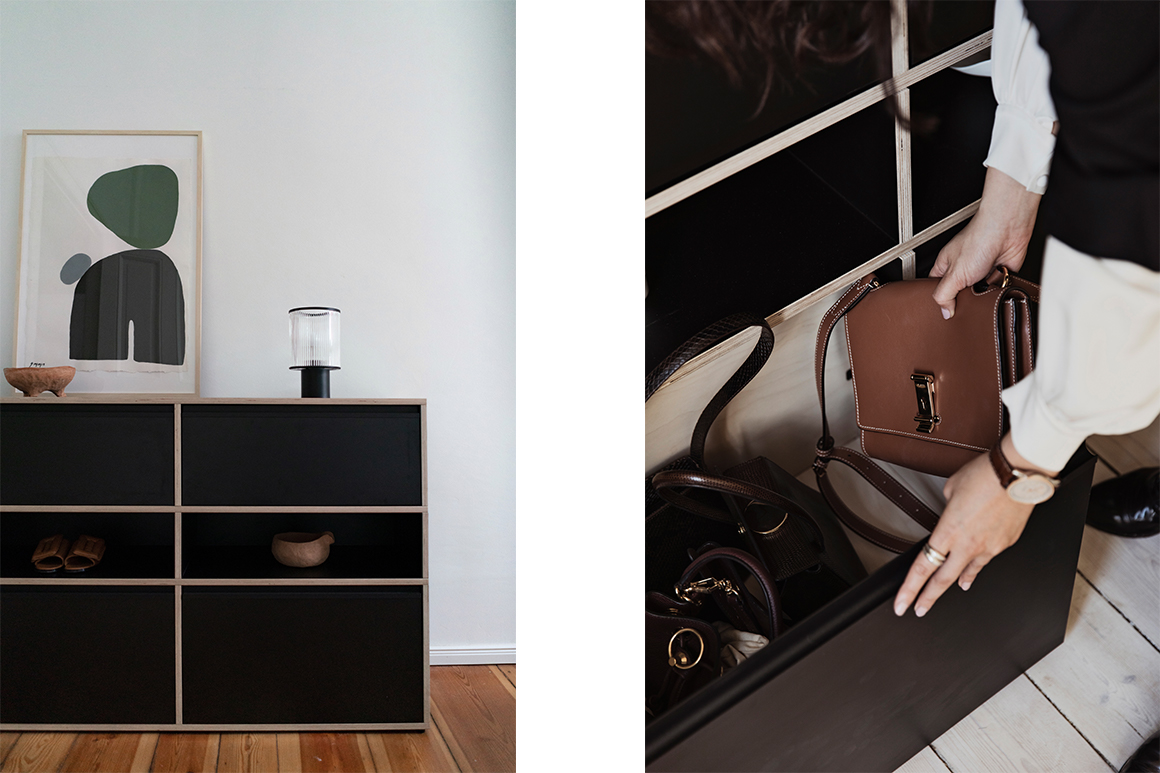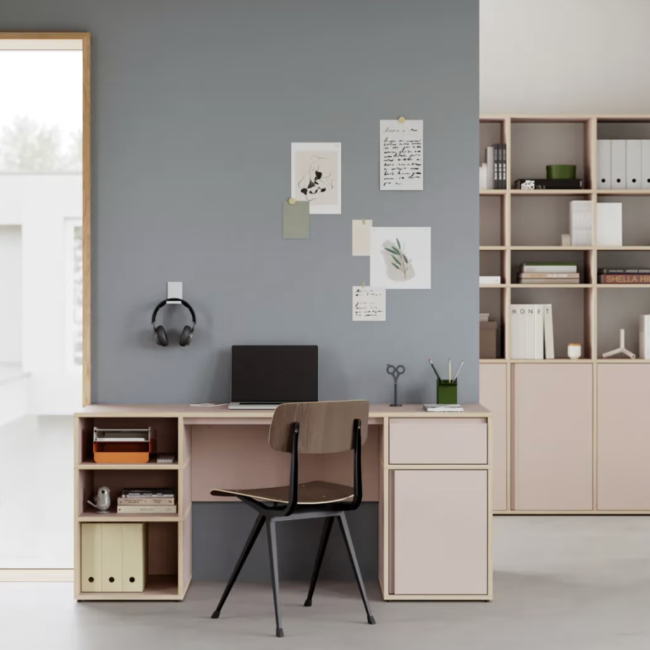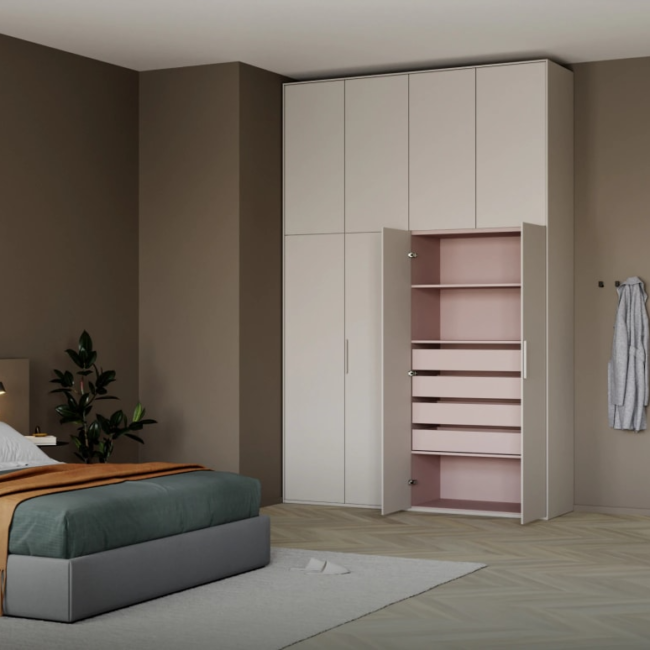January 27, 2020
The Tylko Guide To New Year Decluttering
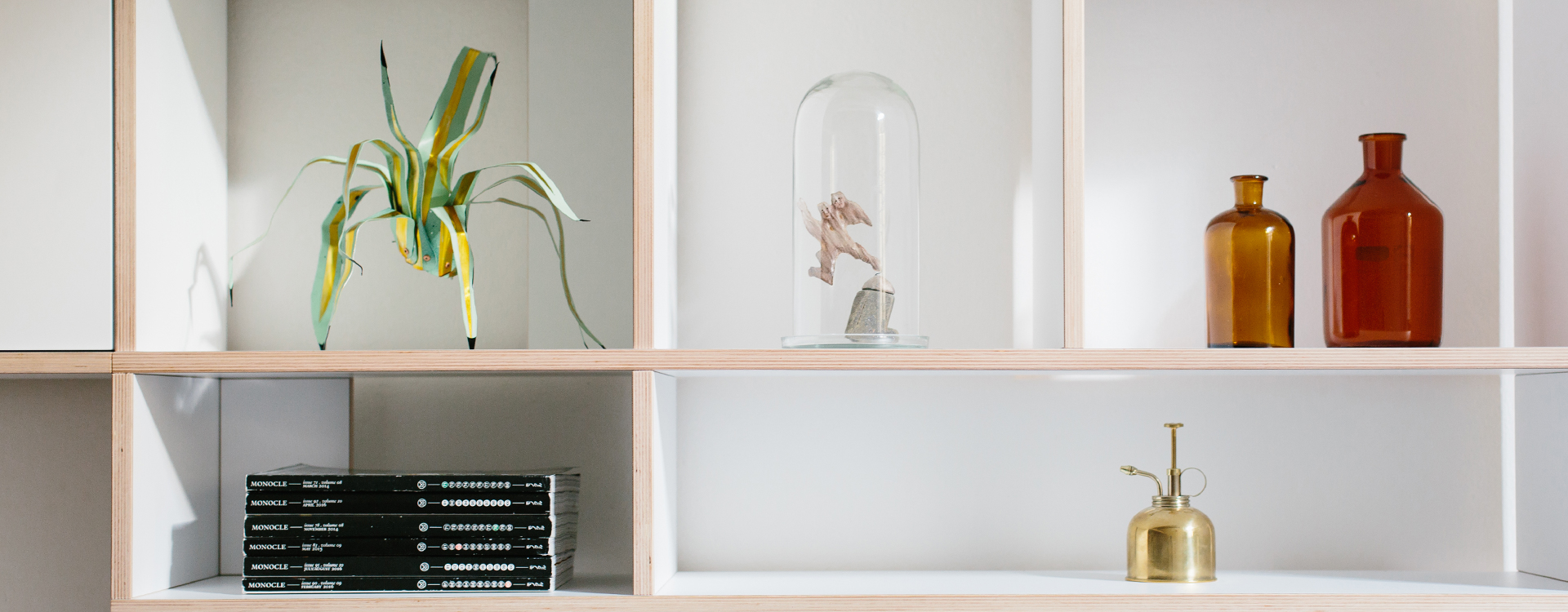
A new start for you and your space, we simplify the decluttering process with our step by step guide to making mess a thing of the past.
As we usher in, not only a fresh year, but a fresh decade, thoughts turn to New Year’s resolutions. While Christmas festivities may have kept us busy and distracted, now is the time to focus on our goals for the year ahead, and while some opt for enthusiastically re-joining the gym or avoiding fast food, for many, the big changes actually begin at home. The most useful, transformative step we can take to improve our spaces in 2020? Decluttering.
Beginning the New Year with a clean slate, decluttering can be a truly life-changing act. Multiple studies have shown that living for prolonged periods in a messy home can cause higher stress levels, affect mood and physical well-being, increase fatigue and produce a notable lack of focus. Our environments have a massive impact on our health and if we’ve lost control of the clutter, it’s easy to feel that we’ve lost control in other aspects of our lives. Whether you’re a KonMari devotee or a fan of minimalism – the fact is, removing both visible and hidden mess can go a long way in creating, not only a happier home, but a happier, more clear-thinking you.
HOW TO BEGIN
For many, the starting point remains the most daunting part of the process. Just the thought of beginning is enough to put us off the job entirely and is often the root of our procrastination when it comes to the big tidy. Of course, the longer we wait, the worse the problem becomes, so the best place to start is with a little preparation.
Identify & Strategise: With a notepad and pen, take a moment to sit down and list the biggest causes of clutter-stress in your home, starting with the most troublesome and ending with smaller, less crucial tasks. It could be specific rooms or specific items such as paperwork or clothing, but making a list will stop the problem feeling too big to tackle and allow you to approach the process in an organised manner.
Use the list to make a realistic timescale for your clean-up. Try to avoid tackling it all in one go, which can be overwhelming. Two weekends a month, two evenings per week…whatever works best for your lifestyle and doesn’t cause more unwanted stress.

Begin with the Biggest: Whatever the main culprits of your untidiness, begin with tackling them first. Start with the worst jobs on your list, getting them out of the way quickly will give you a greater sense of satisfaction and motivate you to move on through the rest of the tasks.
Tools of the Trade: Make sure you have everything you need before you begin. Avoid organising using large storage bins that take up too much room and start with heavy duty refuse bags or large carriers. A roll of sticky labels will be invaluable as you separate items into different categories (‘Stay,’ ‘Go,’ ‘Recycle’) and of course, cleaning products are essential once you’ve swept that mess away.
A Room by Room Approach: Whatever the main causes of mess, tackle them room by room, focusing on one space at a time, otherwise you’ll end up living in a house turned upside down for the duration of your declutter. Choose your space, close the door and get started.
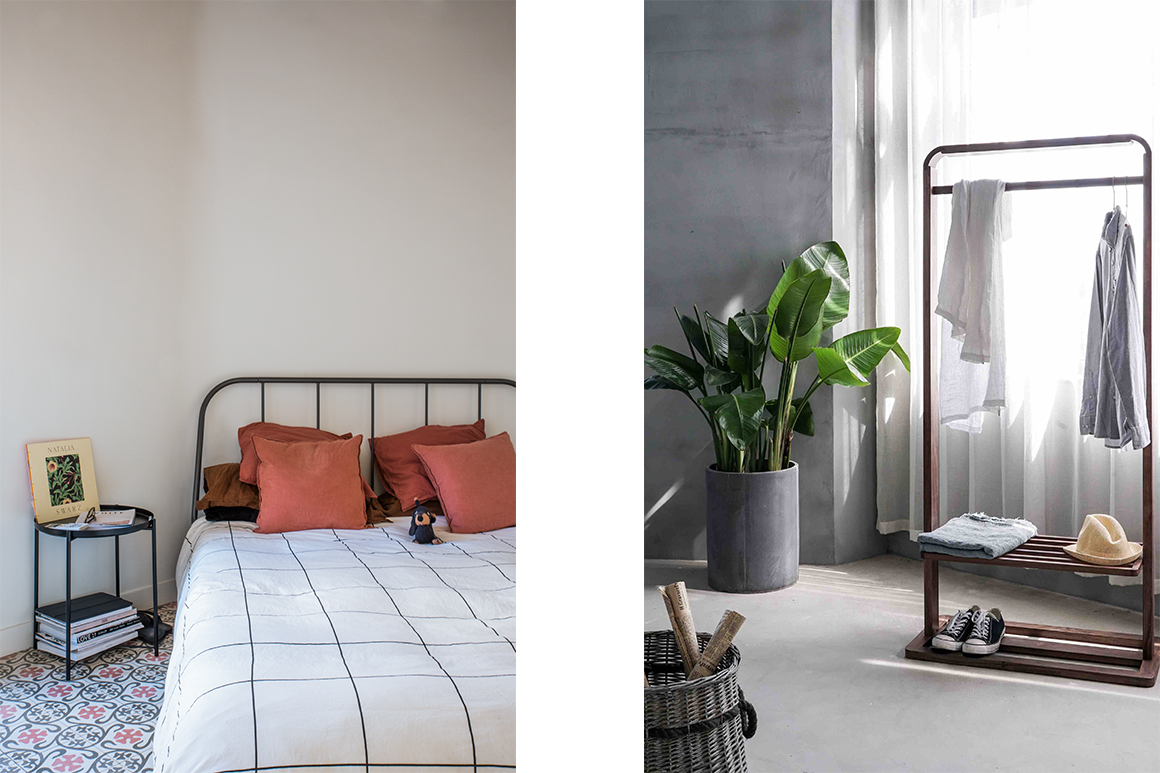
BEDROOM
For the majority of us, the single biggest bedroom space-snatcher is clothing. Whether it’s a wardrobe ready to burst or a rail fit to collapse, all of us just simply buy too much and don’t have the time or means to tidy everything away.
We almost never see our entire collection altogether in one space so use your bed as an organising station and bring out everything you own. Be really honest in your approach and ask yourself a few key questions.
- Do I need 4 versions of the same item?
- Have I ever worn this and will I ever wear this?
- Can this be given to someone who’ll appreciate it or sold on?
Once you’ve made the cut, be sure to give anything wearable to your local charity shop and recycle anything that’s beyond its sell-by date. Now you’ve made a significant cut, commit to keeping floors and surfaces clear with clever storage and always make your bed in the morning, a simple act that instantly makes a room feel more ordered.
TIP: Tackling those messy bedside tables makes an immediate difference. Keep only the items you really need to hand (a light, a book, a dish for glasses or jewellery) and use your newly created wardrobe space to put away everything else.
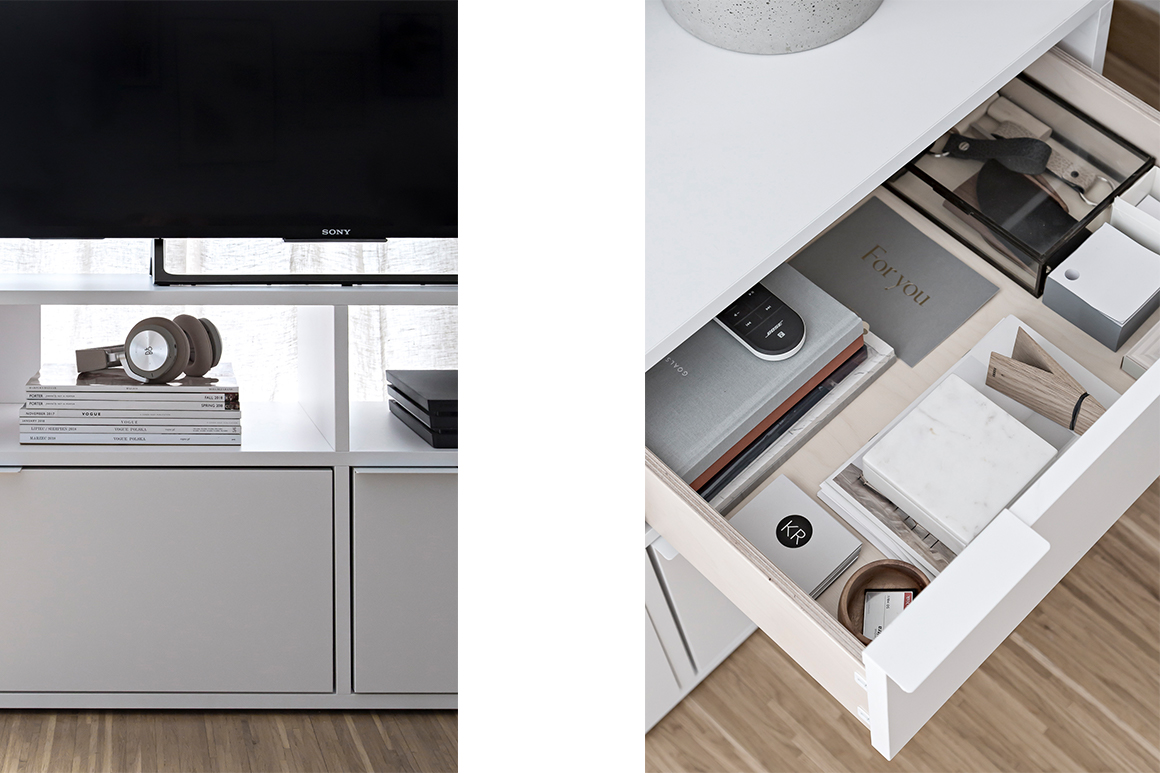
Tylko White Type02 TV Shelf
LIVING ROOM
A living room is for exactly that – living. Think of this as the one room that’s purely for pleasure rather than practicality, a place to unwind free from distracting mess.
If your space is more ‘compact living’ than a sprawling loft, you’ll need to use this room for storage in some way or another. Living rooms often become our unofficial offices but now we live in a paperless world, it’s time to go through all those old bills, letters, magazines and even instruction manuals. Do you have a digital version? Will you ever really need them? Are you going to read that newspaper from 2 years ago? If not, dispose of anything sensitive in a shredder and of course, recycle, recycle, recycle.
Anything that must be kept should be stored away in easy to access, spacious drawers. If you can design storage to fit your specific needs and space, then even better.
TIP: The coffee table is a natural dumping ground and therefore, when it’s clean, the entire room feels lighter and brighter. If you’re short on time, target this area first. Be brave – remove as much as possible and store away only the bare essentials in compact, flat storage under the sofa – an unused and often wasted space.
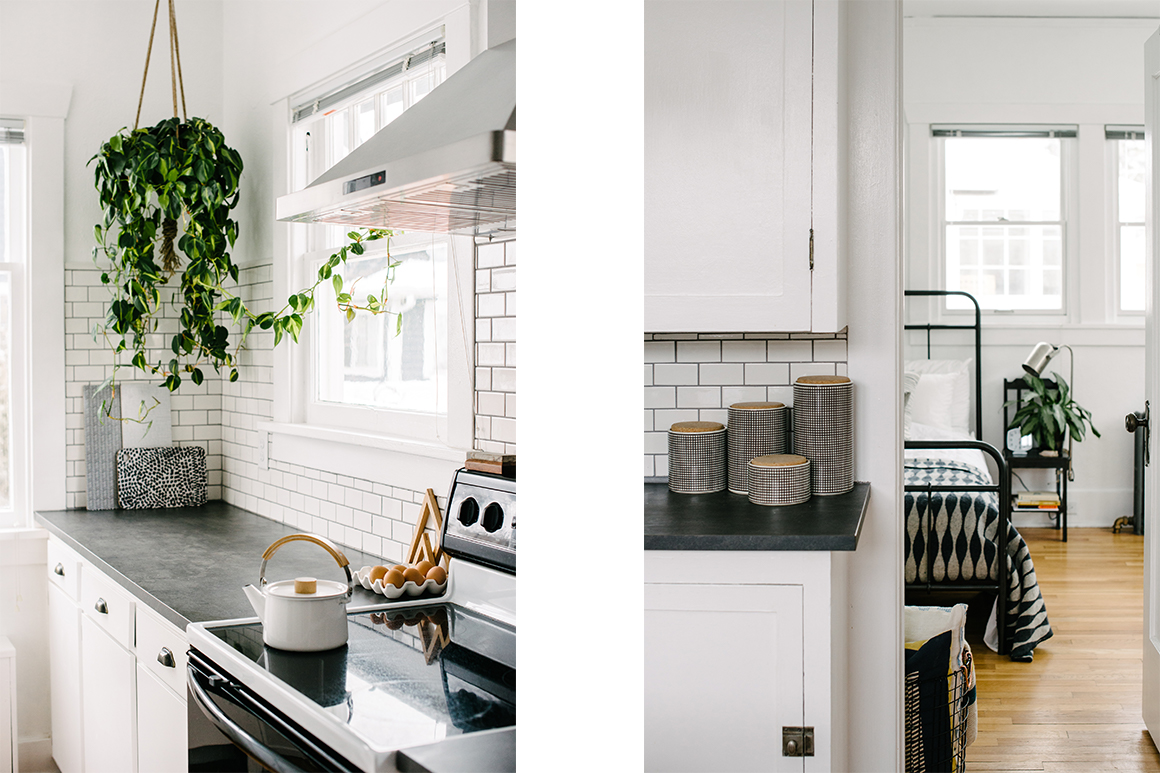
KITCHEN & BATHROOM
Unlike the living room, the kitchen and bathroom are the most practical, utilitarian spaces in your home, used intensely every single day. They need to be efficient and clean so decluttering in them is a must. Thankfully, the organising principles in these rooms are very similar:
Cupboards – Become familiar with your cupboards by clearing them out completely, removing anything old and unusable and putting back only what you need. Say goodbye to that tin of chickpeas from 1996 or that facial cleaner you received four Christmases ago. Once you’ve removed any unnecessary items, stick to an organised storage method – one cupboard for pots and pans, one for dry and long-life goods, and choose a location based on which items need to be close at hand while cooking or cleaning.
Surfaces – To leave surfaces clear and uncluttered, when it comes to both rooms, the only way is up. You will always need things in the bathroom or kitchen so create shelving and high hangers to take essentials away from the surfaces. A wall-mounted magnetic knife rack or an over-sink cabinet will give you breathing space in their respective rooms.
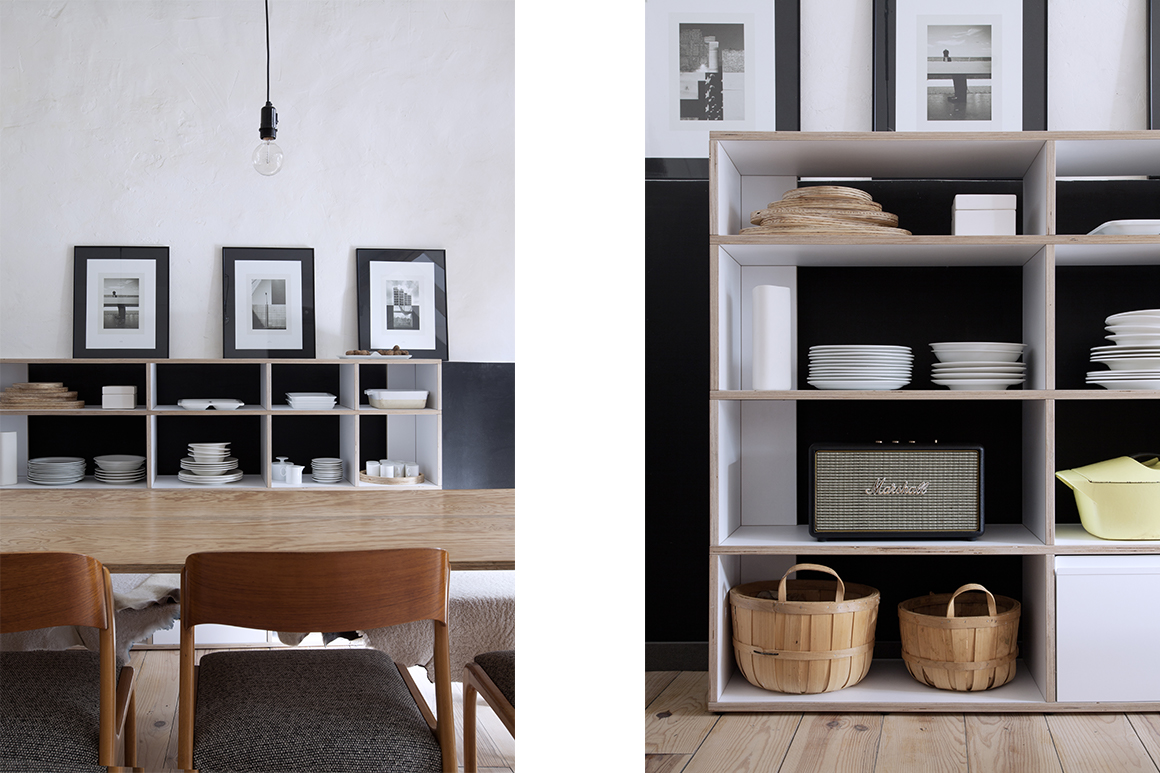
Tylko White Type01 Sideboard
Objects – Buy what you need rather than what you want – a principle that could apply to our entire lives but is particularly true of our kitchens and bathrooms. Avoid the temptation to panic buy extra plate sets and extra mugs ‘just in case.’ The truth is, you probably have plenty to spare. In the bathroom, a collection of every shade and size of towel imaginable may feel like living the dream but imagine the space you’d win back by downsizing.
TIP: When it comes to treating yourself to something new, try the guilt-free one-in-one-out method to justify any purchases. If you can’t resist that new frying pan or bottle of perfume, make room by passing an old one to a friend or family member.
Finally, remember, it’s all in the approach. While decluttering may seem like a chore, think of it as an opportunity – a time to say goodbye to all the mess that has been weighing you down and reassess the things that matter. Make a clear, manageable plan and take it step by step at a pace that works for you. In need of a helping hand? Head over to our ‘Rule of Three’ guide or spark joy with the KonMari method.
